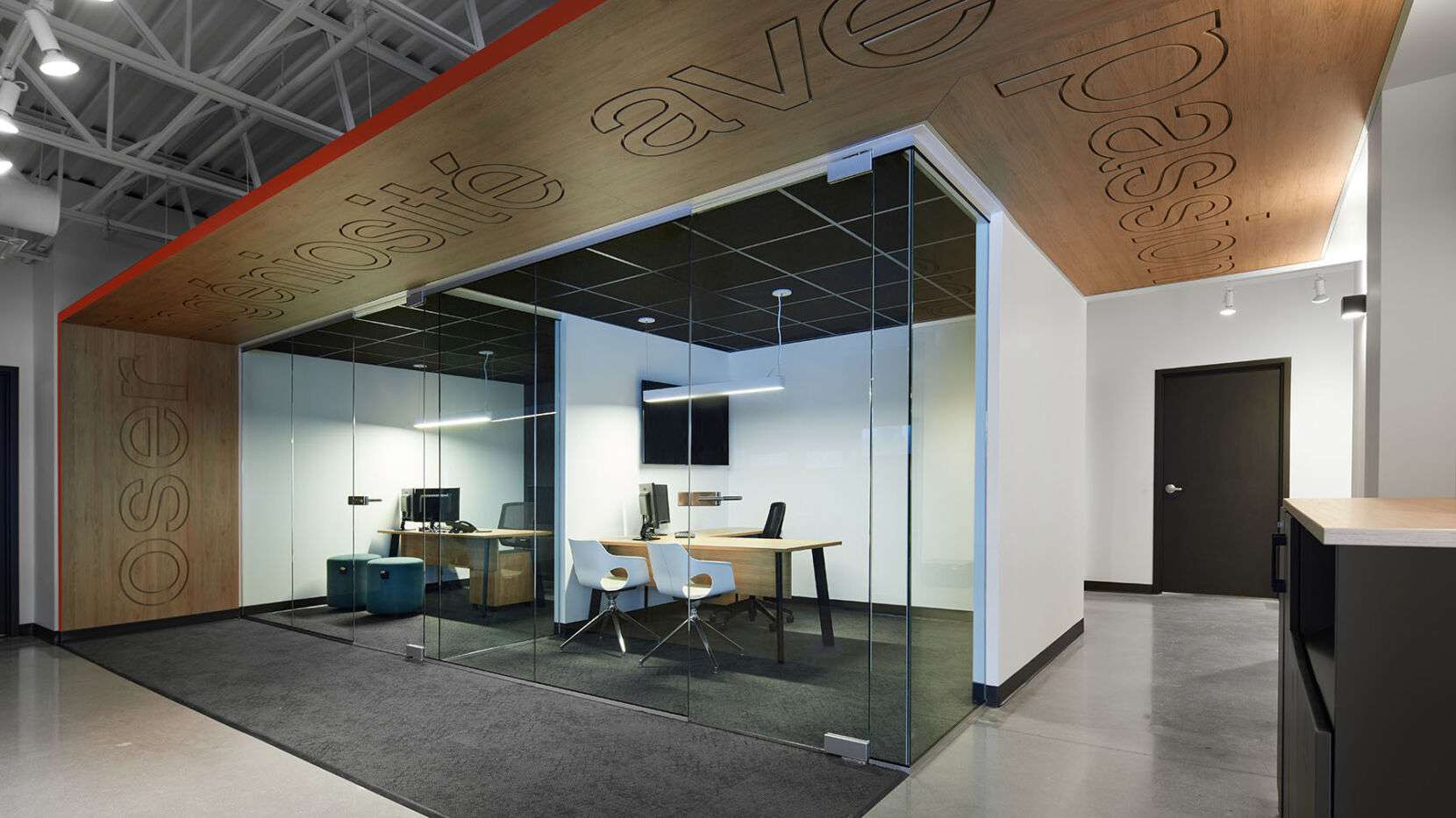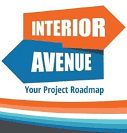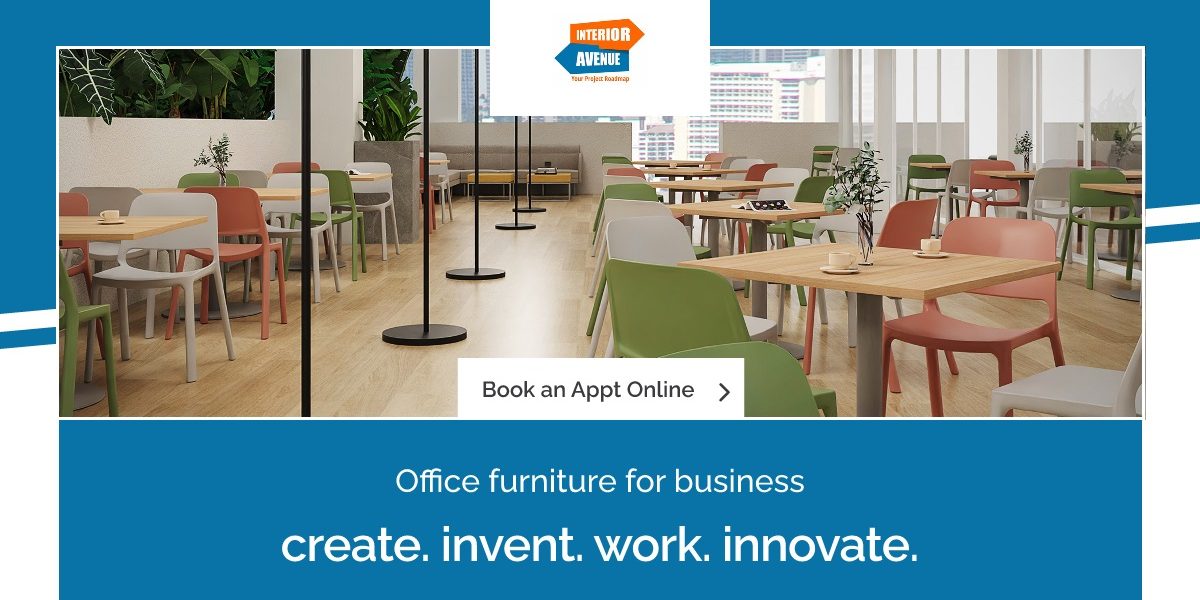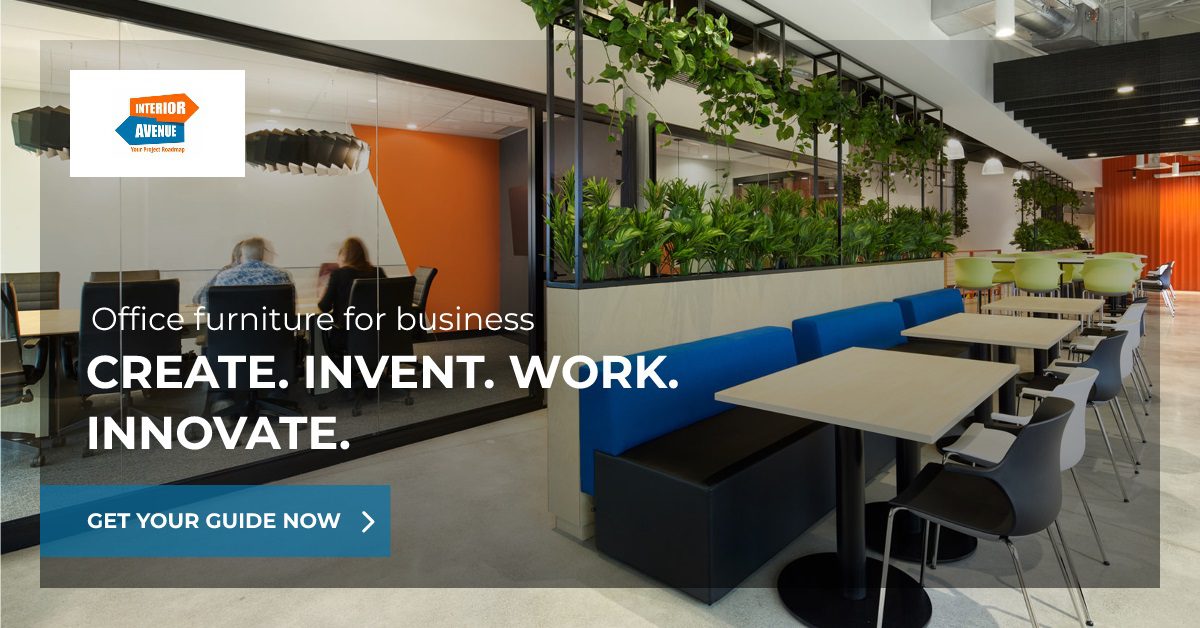The Customizable Office: Personalizing Your Workspace in Gilbert, AZ
In an era where personalization reigns supreme, from smartphones to cars, consumers and professionals alike expect products and environments that align perfectly with their preferences and needs. This trend towards customization has permeated nearly every aspect of life and commerce, reshaping expectations and standards across industries. As businesses evolve, so too does the design of the workplace, moving away from a one-size-fits-all approach to embrace the diverse and dynamic needs of a modern workforce.
Enter the concept of the customizable office—a workplace designed not just to function, but to flourish by adapting to the specific requirements and styles of its users. In today’s competitive business environment, the value of tailoring an office space to boost employee morale and productivity cannot be overstated. Customizable offices go beyond mere aesthetics; they represent a strategic approach to enhancing workplace efficiency and employee satisfaction.
The benefits of a personalized workspace are manifold. Studies have shown that when employees are empowered to adjust their work environments, from lighting and temperature to furniture and layout, there is a marked increase in productivity and a decrease in stress-related complaints. Moreover, a workspace that resonates with personal comfort and style can significantly boost employee morale, fostering a sense of belonging and ownership that drives engagement and performance.
In this article, we will explore how businesses can implement customizable offices that cater to individual needs while promoting a cohesive and functional work environment. From ergonomic furniture to technological integrations, we’ll delve into the myriad ways in which personalization can be achieved to ensure that the office is not just a place of work, but a space of well-being and productivity.

Why Customization Matters in the Workplace
Customization in the workplace goes far beyond aesthetic appeal; it fundamentally impacts the psychological well-being and productivity of employees. When workers have the ability to adjust and personalize their workspaces, it not only makes them feel valued by their employers, but it also fosters a deeper connection to their work environment. Psychological ownership, a state where individuals feel as if an item or space is theirs, enhances emotional involvement and commitment to the workplace. This sense of ownership can lead to increased job satisfaction and a greater sense of responsibility toward one’s work and environment.
Supporting this, numerous studies have identified a direct correlation between workspace customization and enhanced job performance. For instance, a study by the University of Exeter found that employees who have control over the layout and design of their workspaces are not only happier and healthier but also up to 32% more productive. Furthermore, a survey by Gensler indicated that employees in optimized and personalized work environments reported higher levels of innovation and job satisfaction. These statistics underscore the tangible benefits of investing in a customizable office space. By allowing employees to influence their own work environments, companies can cultivate a more dynamic, responsive, and ultimately more successful workplace.
The Downside of One-Size-Fits-All Offices
Standardized, one-size-fits-all office designs are increasingly viewed as a relic of the past, mainly due to their inability to meet the diverse needs of today’s workforce. While uniformity in design might suggest efficiency and simplicity in maintenance, it often overlooks individual differences in work styles, physical needs, and psychological comfort. Such environments can lead to decreased productivity as they fail to accommodate variances in employee work habits, health requirements, and personal preferences. For example, an office layout that favors open spaces without options for privacy can be detrimental to employees who perform better in quiet, solitary settings. Conversely, too much seclusion can hinder communication and collaboration for those who thrive in social settings.
Experts in workplace design and organizational psychology point out several disadvantages of non-customizable office spaces. According to Dr. Craig Knight, who has studied the psychology of working environments at the University of Exeter, environments that do not allow personal control and adjustment can increase stress levels and reduce motivation and job satisfaction. His research emphasizes that when employees are stripped of the ability to adjust their surroundings, it can lead to a psychological disengagement from the workspace, which is often subtly manifested in lower productivity and increased dissatisfaction. Furthermore, a study published in the Journal of Environmental Psychology highlighted that lack of control over one’s work environment leads to increased fatigue and stress, which are directly counterproductive to efficiency and creativity. These findings underscore the critical need for flexibility and personalization in office design as essential components of a healthy, vibrant, and productive workplace.
Key Elements of a Customizable Office
Implementing customizable solutions in an existing office requires thoughtful planning and strategic execution to ensure that the changes meet both employee needs and budgetary constraints. The first step in this process is to conduct a thorough assessment of the current office layout and identify areas where improvements can be made. Gathering employee feedback through surveys or focus groups is crucial at this stage, as it provides insights into the specific needs and preferences of the workforce. This information helps in making informed decisions about what aspects of the office need customization to enhance functionality and satisfaction.
Once the needs are identified, the next step is to prioritize changes based on budget and space limitations. It may be beneficial to start with small-scale adjustments that have a significant impact, such as introducing ergonomic chairs or adjustable lighting, before committing to more extensive renovations like reconfiguring the entire office layout. Developing a phased implementation plan can help in managing costs and minimizing disruption to daily operations. Additionally, it’s important to consider the scalability of solutions to accommodate future growth or changes in the company.
To measure the effectiveness of the changes in office design, establish clear metrics for success before implementation. These could include employee satisfaction scores, productivity metrics, or health and wellness indicators. Regularly reviewing these metrics post-implementation will help determine the impact of the customizable elements and identify areas for further improvement. Continuously engaging with employees to solicit their feedback after changes are made will also be vital in ensuring the office environment evolves in alignment with employee needs and company objectives. This iterative approach not only enhances the workplace but also demonstrates a commitment to employee well-being and efficiency.
The Future of Office Design: Trends to Watch
The future of office design is being shaped by several forward-looking trends that prioritize sustainability, digital integration, and employee wellness. These elements are becoming increasingly crucial as businesses seek not only to enhance operational efficiency but also to align with broader environmental and social values. Sustainability in office design includes using eco-friendly materials and energy-efficient systems, which reduce the carbon footprint of a workplace while also potentially lowering operational costs. For instance, the incorporation of biophilic design, which integrates natural elements like plants, water features, and natural light, is gaining traction. This approach not only reduces energy consumption by optimizing natural heating and lighting but also enhances employee well-being and productivity.
Digital integration is another significant trend, with smart office technologies becoming integral to modern workplaces. These technologies include automated systems for lighting, heating, ventilation, and air conditioning (HVAC), which adapt to the number of people in a room or the time of day. Moreover, the rise of the Internet of Things (IoT) enables devices within the office to communicate and operate seamlessly, improving the efficiency of resource use and personalizing the workplace experience. For example, personalized temperature controls and automated adjustable desks can enhance comfort without human intervention.
As these trends continue to evolve, the customization of office spaces will likely become even more sophisticated, with a focus on creating environments that actively support the health and productivity of employees. Future office designs might include more adaptive and responsive environments that can change based on real-time data, such as occupancy sensors or health indicators, leading to a workspace that not only looks good but also feels good and operates efficiently in an increasingly digital future. These developments will challenge traditional office models, pushing towards more dynamic, responsive, and ultimately human-centered design strategies.
Conclusion
In conclusion, the shift towards customizable offices is not just a trend but a strategic response to the diverse needs of today’s workforce. As we’ve explored, personalizing a workspace goes beyond aesthetic appeal, significantly impacting employee productivity, satisfaction, and overall well-being. From ergonomic furniture that caters to various body types to technological integrations that facilitate ease and efficiency, the benefits of a customizable office are clear. Additionally, incorporating elements like adjustable lighting, climate control, and thoughtful aesthetic enhancements can transform an ordinary office into a dynamic and inspiring environment.
For businesses, investing in a customizable office is not merely about following a trend—it’s about making a strategic investment in their most valuable asset: their people. By fostering a workspace that prioritizes flexibility, comfort, and personalization, companies can not only enhance employee efficiency but also attract and retain top talent. Moreover, as office design continues to evolve with trends like sustainability and digital integration, the potential for creating an adaptive and responsive workplace is vast.
We invite you to reconsider your current office setup. Assess the areas where personalization could not only improve aesthetics but also enhance functionality and employee satisfaction. Explore the possibilities that customization offers and consider how a more tailored workspace could contribute to the success of your business. Embrace the future of work by creating an environment that reflects the unique needs and values of your workforce, and watch as it transforms not just your space, but also the way you do business.

Ready to transform your Southeast Valley workspace and create an environment that fosters creativity, collaboration, and productivity?
Contact Interior Avenue today for a free consultation! Our team of experts will guide you through the process of selecting the perfect furniture to elevate your office and propel your Southeast Valley business to new heights.
As you consider the needs of your office, both now and in the years to come, Interior Avenue represents a strategic partner capable of supporting your journey towards creating an ideal workspace. Whether you’re a startup looking to make a mark, a growing business planning to expand, or simply in need of refreshing your current office setup, Interior Avenue offers the solutions to meet your needs efficiently and stylishly. Let Interior Avenue be your guide to a more adaptable, affordable, and aspirational office environment in the heart of the Phoenix Southeast Valley.
For those looking for swift solutions without compromising on quality or budget, consider partnering with Interior Avenue. Renowned for their fast service and affordable options, they provide an array of office furniture tailored to modern business needs. We hope this guide offers clarity and guidance in your office furniture procurement process. Making the right choice can lead to a vibrant, efficient, and comfortable workspace, promoting well-being and productivity among employees.

We have 3 options to buy:
Purchase upfront– Pay upfront for your office furniture to be delivered and installed.
Rent to own– We help you break up the payments to help with cash flow. This service includes delivery and installation.
Subscription rental– Monthly payments that include delivery and installation and when your subscription is over we will take back the furniture and move it out of your office space for free.



